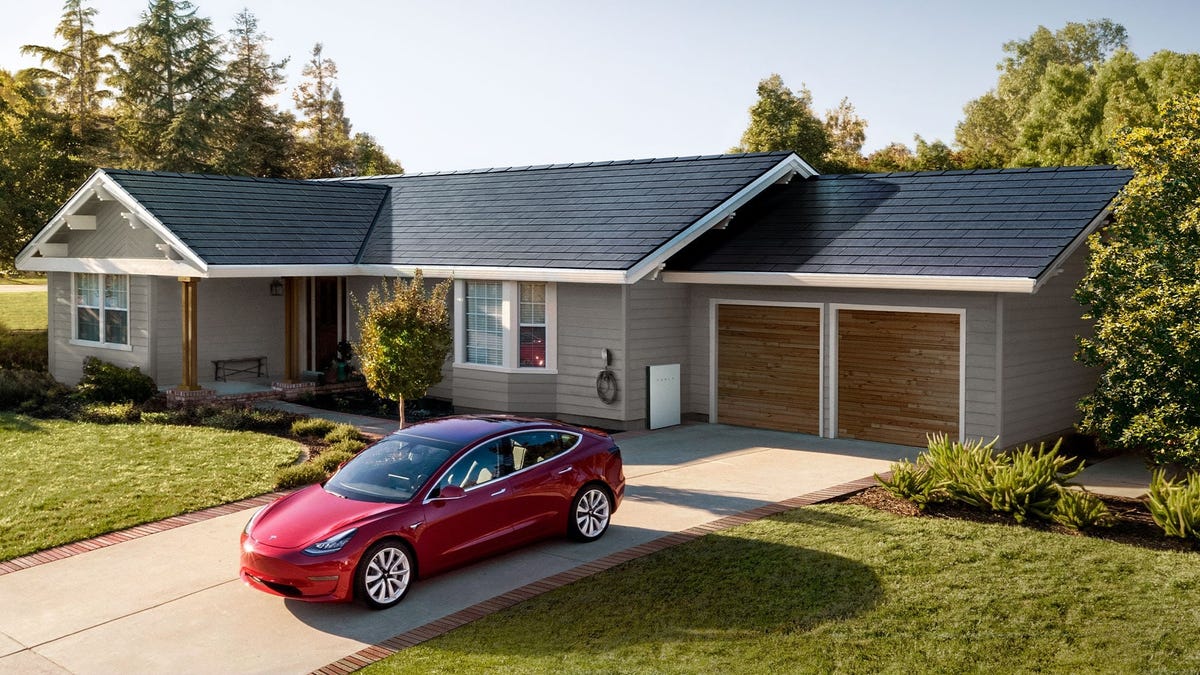
Reports of fires related to Tesla-installed solar roofs from homeowners and multinational corporations are nothing new, but now the Security and Exchange Commission is stepping in. The department is reportedly investigating a complaint from whistleblower Steven Henkes, a former field quality manager at the company, that Tesla did not adequately inform shareholders of the risk of fire associated with its panels.
The U.S. Consumer Product Safety Commission — you know, the government body responsible for all those deranged memes — has launched a probe of its own that had made news back in March. But now there’s confirmation the SEC too is involved, courtesy of Reuters:
“We have confirmed with Division of Enforcement staff that the investigation from which you seek records is still active and ongoing,” the SEC said in a Sept. 24 response to Henkes, declining his request to provide its records. The SEC official said the letter should not be taken as an indication by the agency that violations of law had occurred. Reuters independently confirmed the SEC letter was legitimate.
Henkes was fired from Tesla in 2020 and alleged in a lawsuit that his dismissal was due to him bringing these very safety concerns to light. While Tesla had cautioned customers that regular maintenance was required for solar panel systems to operate properly, it made no mention of the possibility of fire stemming from damaged electrical connectors.
Tesla acquired solar energy company SolarCity — a company founded by Peter and Lyndon Rive, cousins of Tesla CEO Elon Musk — in November 2016 for somewhere between $2.6 and $2.8 billion. Musk was also a chairman of SolarCity prior to the acquisition. This past summer he stood trial in Delaware under accusations from shareholders that he directed the transaction to bail out the failing energy company saddled with billions of debt and on the verge of bankruptcy. That case is still ongoing.
G/O Media may get a commission
Musk owned 22.2 percent of SolarCity when Tesla bought it, but was compensated in Tesla stock to the tune of 2.4 million shares. Those 2.4 million shares number 12 million today, thanks to stock splits. During the month of the sale five years ago, Tesla was averaging about $38 a share; at the time of writing TSLA is trading for $1,009, so those shares are worth quite a bit more today than they were in 2016, to say the least.
It was also around that time that Musk staged his flashy presentation of the panels on the set of Desperate Housewives. There he claimed that four houses surrounding the stage had been retrofitted with SolarCity’s new energy-capturing shingles that looked indistinguishable from ordinary ones. Keep in mind, this was roughly two weeks before the Tesla-SolarCity acquisition vote.
Musk’s show-and-tell dazzled the media and spurred enthusiasm for the SolarCity deal. Impressive, considering the roofs were all fake and the only functional prototypes the company had designed looked absolutely nothing like what was present on the houses that day, as Fast Company later reported:
No matter how the Solar Roof came to be, it seems to have worked: Three weeks after Musk’s presentation, 85% of shareholders approved the Tesla-SolarCity merger.
Tesla eventually figured out how to manufacture solar shingles that sort of look like regular ones years later, while massively understating the costs in its initial projections to prospective customers. Now the government will look to find out if it glossed over known safety issues, too.
